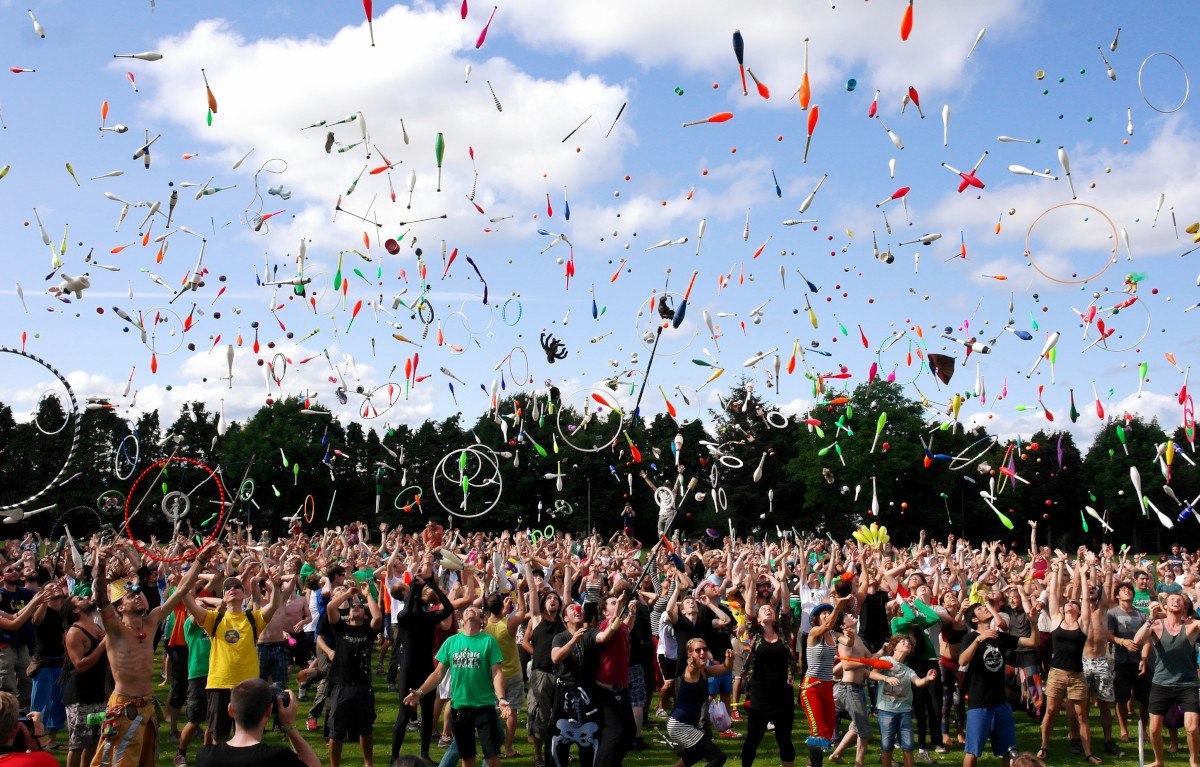
Are your marketing strategies stuck in a “rinse and repeat” cycle? As a marketer, you probably have several “tools” in your marketing arsenal to attract, convert and retain customers, whether you’re selling automotive parts or software as a service (SAS). These can range from social media, paid advertising, internet marketing, email marketing, transactional (coupons, discounts and offers), point-of-purchase, cause marketing and more.
If you’ve been relying on the same strategies and tactics for a while, it might be time to change things up a bit. One strategy you might not have considered is experiential marketing. In this post, we’re going to explore how this often-overlooked strategy can help you meet or exceed your marketing objectives.
What Is Experiential Marketing?
Experiential marketing, aka engagement marketing, is a strategy that creates opportunities for consumers to engage with your brand in a meaningful, memorable way. When executed well, experiential marketing establishes a lasting impression and stronger relationships with consumers. Experiential marketing invites your target audience to interact with your brand in a delightfully surprising, tangible way — a way that makes them want to participate. Your target audience should come away with a positive memory of their experience with you. Examples include pop-ups/kiosks, innovative events, immersive virtual/augmented reality experiences, VIP hospitality events, product sampling, mobile vehicles/tours, sponsorships, stunts, brand ambassadors and more.
If you’re thinking, “we don’t have the budget for that” or “that sounds great for B2C, but I’m a B2B brand,” think again.
You don’t have to spend a lot on a big event or sponsorship. Multiple tactics exist for smaller-scale, affordable experiential marketing opportunities. B2B brands can also find tactics such as hands-on demonstrations and virtual/augmented reality experiences. And it also works for brands that don’t sell a tangible product or service. In fact, sometimes smaller, more targeted experiential marketing tactics have much better ROIs than larger-scale operations.
Why Experiential Marketing Can Help You Meet Your Marketing Objectives
When you create an engaging experience for consumers, they are far more likely to remember your brand and share their positive experiences with others. We already know consumers are far more likely to support brands that their family and friends recommend. After all, the world’s oldest marketing strategy, word-of-mouth, is still one of the most effective! Often, experiential marketing doesn’t have an immediate goal of increasing sales. Instead, it focuses more on building brand loyalty.
Consumers are exceedingly wary (and weary) of the relentless bombardment of social media and internet ads, emails, billboards, bus ads and commercials. Now, with ad blockers on devices, fast-forwarding through commercials with DRV and avoiding commercials with streaming services such as Netflix, it’s becoming easier for your target audience to tune you out. In addition, these traditional marketing tactics deliver one-way communication, whereas experiential marketing fosters two-way communication. Instead of pushing your products or services out to consumers, consumers participate in a stimulating experience they will remember and share.
How Experiential Marketing = Big ROIs
According to a 2021 EventTrack survey, a whopping 91% of consumers said, “assuming the product/service demonstrated was one they were interested in, that participating in events and experiences makes them more inclined to purchase the brand.”
This statistic reveals a fact that often gets overlooked or misunderstood — pay attention to the “assuming the product/service demonstrated was one they were interested in” part of that quote. For your experiential marketing campaign to gain a sizable ROI, you must be where your target audience is.
For example, sponsoring or hosting an expensive event that doesn’t attract enough of your target audience will yield a low ROI or be a total waste of time and money. When you sponsor or participate in an event, you’re paying for the number of people who will attend, regardless of whether those people are your desired demographic.
Ditto for product sampling — if your target audience is teenagers, giving out free samples at a supermarket or street fair isn’t likely to reach many teens. However, a large, regional youth sports or high school band competition would be crawling with your desired demographic and could yield a strong ROI.
You also might not need to spend a lot of money handing out free samples when creating an innovative viral video is a far more cost-effective way to achieve your objective. For example, we had a client who wanted to distribute free pizza rolls using one staff member and a microwave. Envisioning long lines and an overwhelmed staffer trying to heat, serve and engage with consumers, we knew this wasn’t going to create the desired memorable experience for consumers. Instead, we created a viral video that appealed to their millennial customers, costing far less to execute and resulting in a significant ROI.
The “Planets Must Align” for Experiential Marketing to be Successful
First, it’s essential to know where your target audience spends time (online or in real life), as the examples above demonstrate. However, knowing where they are is the first step. It’s also essential to catch them at the right time. Even if you choose the right place, be sure your target audience won’t be distracted or too busy to engage with you. Your message also must align with your target audience. You can have the right time and place but the wrong message. The key to a successful experiential marketing campaign is aligning the right place, the right time and the right message.
We Can Help!
Leverage our 25+ years of experiential marketing experience and let us help you find the right place, time and message to engage with your desired demographic. Contact us today!
